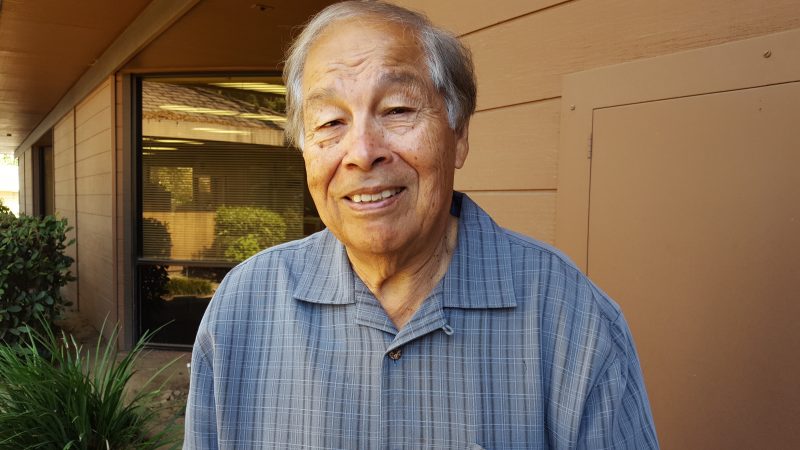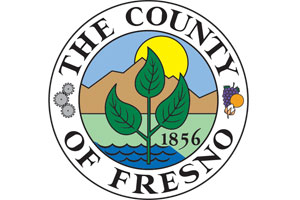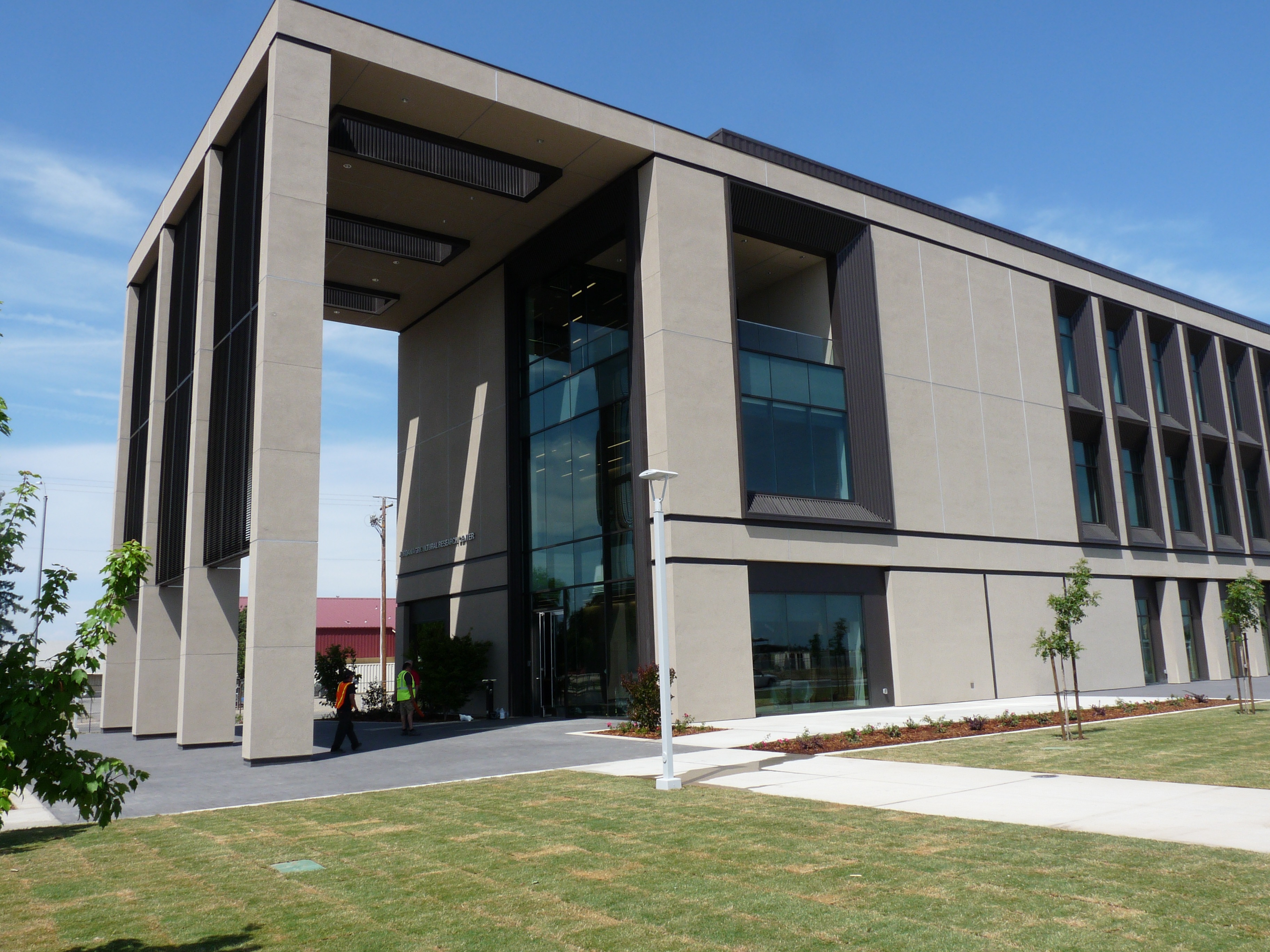AgroFresh Solutions Opens New Innovation Center in Fresno
AgroFresh Accelerates Growth Plan with New Facility in Central California
News Release
AgroFresh Solutions, Inc.—a global leader in produce freshness solutions— has opened its Innovation Center in Fresno.
In addition to advancing its core post-harvest technologies, AgroFresh’s R&D and Technical Service & Development Center in Fresno will drive innovation in coating and packaging solutions, antimicrobial products, and furthering AgroFresh’s data-driven FreshCloud™ platform.
The Innovation Center will be led by a highly skilled team of post-harvest physiologists with a strong focus on developing solutions and servicing specialized crops such as citrus, table grapes, kiwifruit, avocado, berries, and broccoli.
“Innovation and crop diversification is central to our success, which is why we continue to invest in our innovation centers,” says Ann Beaulieu, vice president of R&D and regulatory at AgroFresh. “We strategically chose to open this office in Central California because this location enables us to expand our services to a broader range of crops while positioning our company for long-term growth.”
The newly-opened center is divided between a conventional office space and laboratories with capabilities to solve challenges, partner with customers, and break new ground across post-harvest biology, plant pathology, and analytical chemistry. The center will also accommodate growing commercial and operational teams.
Learn more about AgroFresh’s current job openings by visiting their career portal.






































